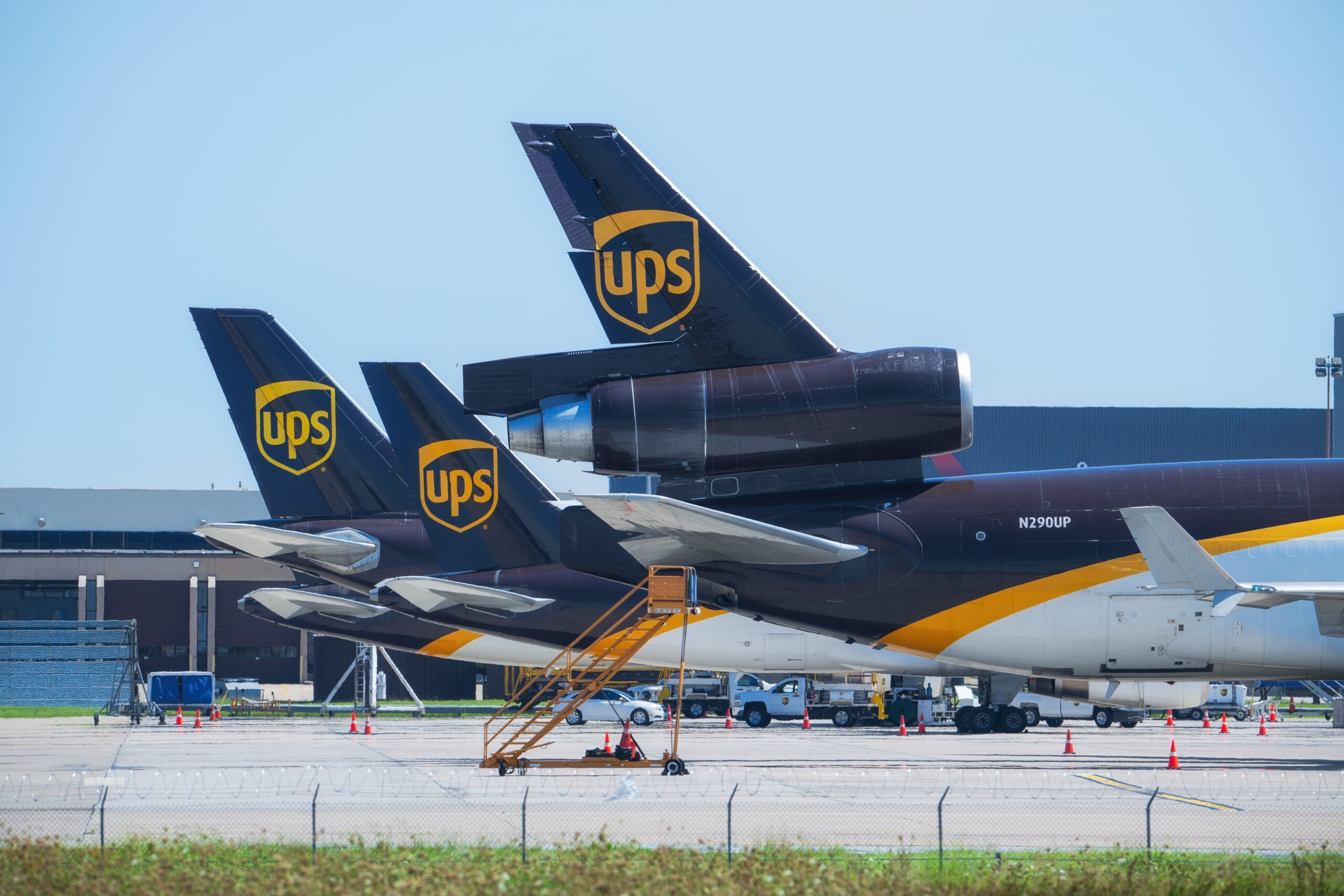Two vehicles collided traveling westbound on I-64 in west of Highway 801. The driver of one of the vehicles was seriously injured and had to be airlifted to the University of Kentucky Hospital. Police at the scene say that the wreck happened around 2 p.m., Wednesday, February 13.
The accident is still under investigation and at the time of the report, there is no indication that drugs or alcohol played a factor in the crash.
Air Ambulances
In 2016, there were over 1,000 air ambulance services that transported over 500,000 patients to hospitals around the country. Those transported by air stood a much better chance of surviving or having less severe injuries.
When are Air Ambulances Used?
The choice to use an air ambulance is a judgment call, and it creates some controversy. The intention is to reserve these for patients that need to get to a hospital as quick as possible or they might suffer greater injury in cases like potential brain damage or paralysis.
There is concern that sometimes an air lift is called for when it doesn’t warrant it, and this ties up the resources that might be legitimately needed later on.
Who Makes the Decision?
In most jurisdictions, it s the trained EMS at the scene with first-hand knowledge of the circumstances. However, there is a lack of industry-wide standards and protocols that provide continuity and uniformity as to when the decision will be made.
Poor Decisions
So what’s the problem? If they get there in a hurry but didn’t need to, who is harmed? First, other more seriously injured patients may have been unable to use the service. Second, it costs an enormous amount to air lift someone, and many times, the patient or family gets stuck with a large portion of the bill.
The average air ambulance cost around $50,000 in 2016 up from $13,000 in 2007. Why so costly? There is little consensus in the industry as to why the costs are so high and are rising so quickly. In 2007, the average cost was only $13,000. This increase may be partially due to the overall rising cost of health care, but may also be because of tighter federal regulations on medical flights. Another theory is that since medicare only pays $7,000 for a flight, the remaining cost is spread to those who can pay. It is likely a combination of reasons. In the meantime, the problem is getting worse as many are being crushed with financial burdens.
In one case, in 2013 two children were transported by air ambulance to a trauma center for minor injuries over the objections of the parents who were then left with as $29,000 bill that their insurance won’t cover.
So What can be Done?
In Virginia, a new beginning on March 1, 2019, gives patients and parents the final say-so over whether a life flight is used. However, many say that parents will just defer to the professional at the scene. All agree that what is needed is a uniform set of criteria or protocols that must be followed by all air flight companies.
Steve Whitehead, a firefighter/paramedic with the South Metro Fire Rescue Authority in Colorado suggest the acronym FALTER can help ems personnel make these decisions.
F is for Fear: If there is a genuine fear among medical personnel on the ground that they are unable to handle the situation and the patient might die or suffer greater serious injury, then it should be considered.
A is for Access: Is there proper access to accept the flight near the accident to make it worth it?
L is for Lazy: This is a gut-check for the EMS on the scene. Is the reason because it is just easier?
T is for Time: Does it really save time? Consider the time for the flight to arrive, fly and unload.
E is for Extraction: Is extraction necessary? Is the patient really “sick and stuck” and in need of transport?
R is for Real: One last check is to see if the need is real, and if the air flight would really save time. Account for the flight to the scene, time to get to the chopper, the flight given air traffic and regulations and then is the landing site at the hospital clear.
Air transport can be one of the hidden costs associated with a serious injury that resulted from someone else’s negligence. When this happens, consider consulting with an attorney who can help you work with the insurance company of the one who caused your injuries.
Call the attorneys at Kaufman & Stigger, PLLC, and they will stand behind you to make sure that you are treated fairly and that you get the highest compensation allowed by the law.


